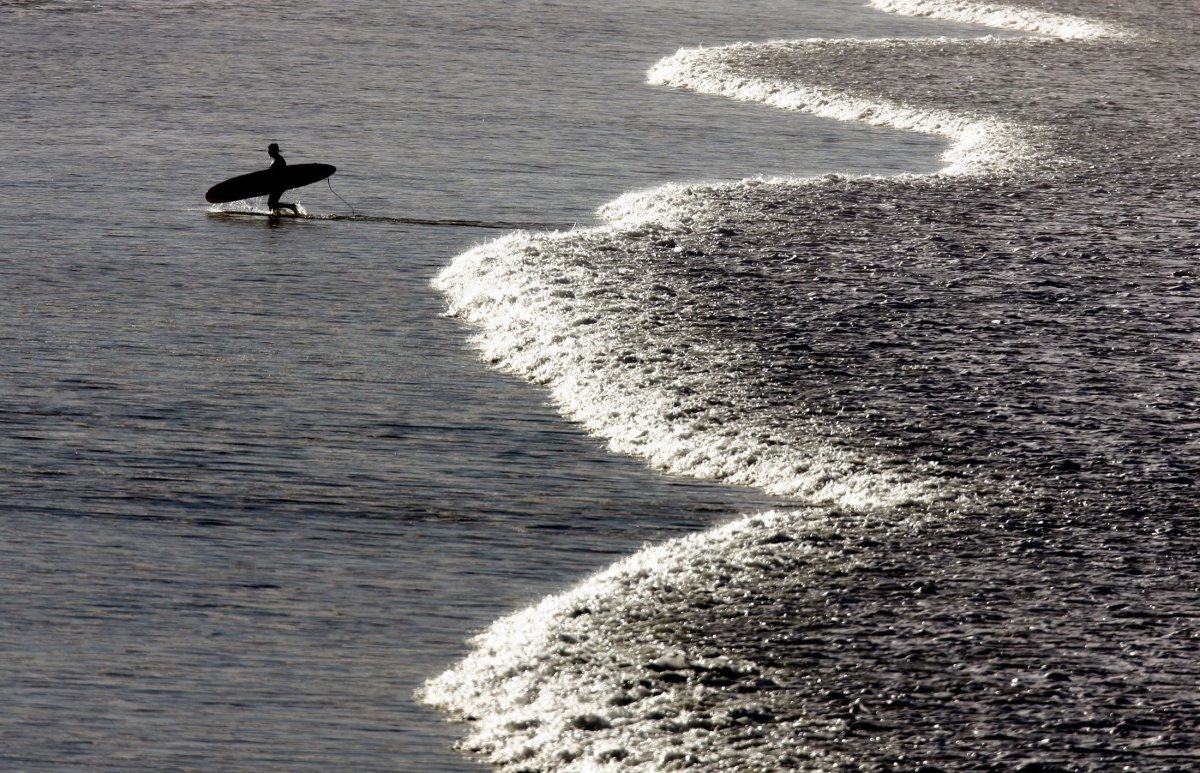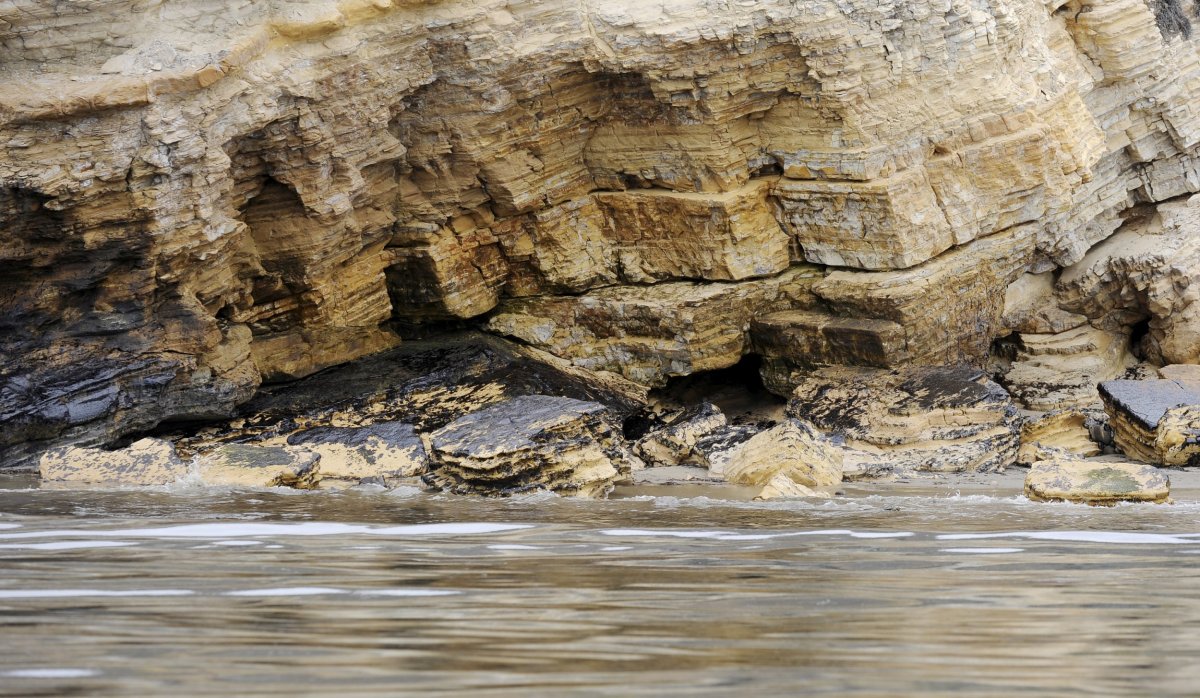
Earthquakes aren't the only concern on the Pacific Coast. Though sea level rise is most often paired with Miami's future, thousands of miles away, tidal wetlands along the West coast are vulnerable to sea level rise too, particularly in California and Oregon. Focusing on 14 estuaries on the West Coast, a new study published Wednesday in Science Advances localizes the future destruction due to sea level rise.
"We felt like sea level rise concerns on the Pacific Coast have largely been missing in the literature beyond local work done in California and a few places," Karen Thorne, lead author and principal investigator at the U.S. Geological Survey's Western Ecological Research Center, told Newsweek. The West coast has specific conditions that require a closer look at how the wetlands are affected—including California's highly urbanized coastlines to the Pacific Northwest's steep, rocky terrain. "All of our wetlands are constrained into these small pockets of estuaries," Thorne said.
Those differences along the coast make it difficult for tidal wetlands to do what they are naturally good at—processes known as accretion and transgression. Wetlands have the ability to change alongside sea level rise, building themselves upwards and inland from sediments carried in from oceans and rivers. "It's a very unique ability," Thorne said.
But as sea level rise accelerates, the ability of wetlands to keep up with the changes diminishes. The study investigated these processes in addition to topography, tides, vegetation, underlying sediments, and water level data at 14 sites from Tijuana, Mexico, to Port Susan, Washington. Researchers projected the fate of wetlands through 2110 at low, medium and high sea level rise scenarios, incorporating their field measurements into the models.
They discovered that under a high sea level rise scenario, 83 percent of all marsh habitats would be lost to mud and open water—with all sites in California and Oregon lost entirely. Two sites in Washington wouldn't be lost, though there would still not be as much vegetation as previously. Even a moderate sea level rise scenario would destroy a majority of marsh areas by 2110. Southern California's marshes would be submerged even under a low sea level rise scenario. These localized findings underscore that wetlands' natural processes to change with sea levels could be overrun by the next century's expected changes.

Sea level rise predictions could be conservative though, according to Richard Ambrose, co-author and environmental health professor at the University of California, Los Angeles, which would mean the wetlands buffering the coastline from storm surges and flooding could be even worse off.
"It depends a lot on what we do now," Ambrose said in a statement, and it largely depends on our greenhouse gas emissions and what will happen to the Antarctic and Greenland ice sheets. Another recent study found that pinpointing exactly what will happen might be difficult until at least 2050, though the worst-case scenarios show as much as 8 feet of sea level rise flooding out 236 million people.
The new study, according to Thorne, helps decision makers—whether they be policy makers, private companies, or city leaders—make more informed decisions about how to handle sea level rise in the next several decades.

"Originally when sea level rise work was starting to be done, it was very doom-and-gloom of 'Oh my goodness, what are we going to do? Everything's gone in 100 years,'" Thorne said. "That's very hard information to process." To remedy this, she and her co-authors broke down the scenarios showing what would happen at various time points in the next century, including 2025, 2050 and 2075.
"If you break it down into decades or so many years, that's within the career lifespan of somebody or how long they're going to be in a job," she said. The study gives people a more localized timescale for sea level rise, and given the vulnerability of all coastlines, "the Pacific coast should be a part of the conversation."
Uncommon Knowledge
Newsweek is committed to challenging conventional wisdom and finding connections in the search for common ground.
Newsweek is committed to challenging conventional wisdom and finding connections in the search for common ground.
About the writer
Sydney Pereira is a science writer, focusing on the environment and climate. You can reach her at s.pereira@newsweekgroup.com.
To read how Newsweek uses AI as a newsroom tool, Click here.








